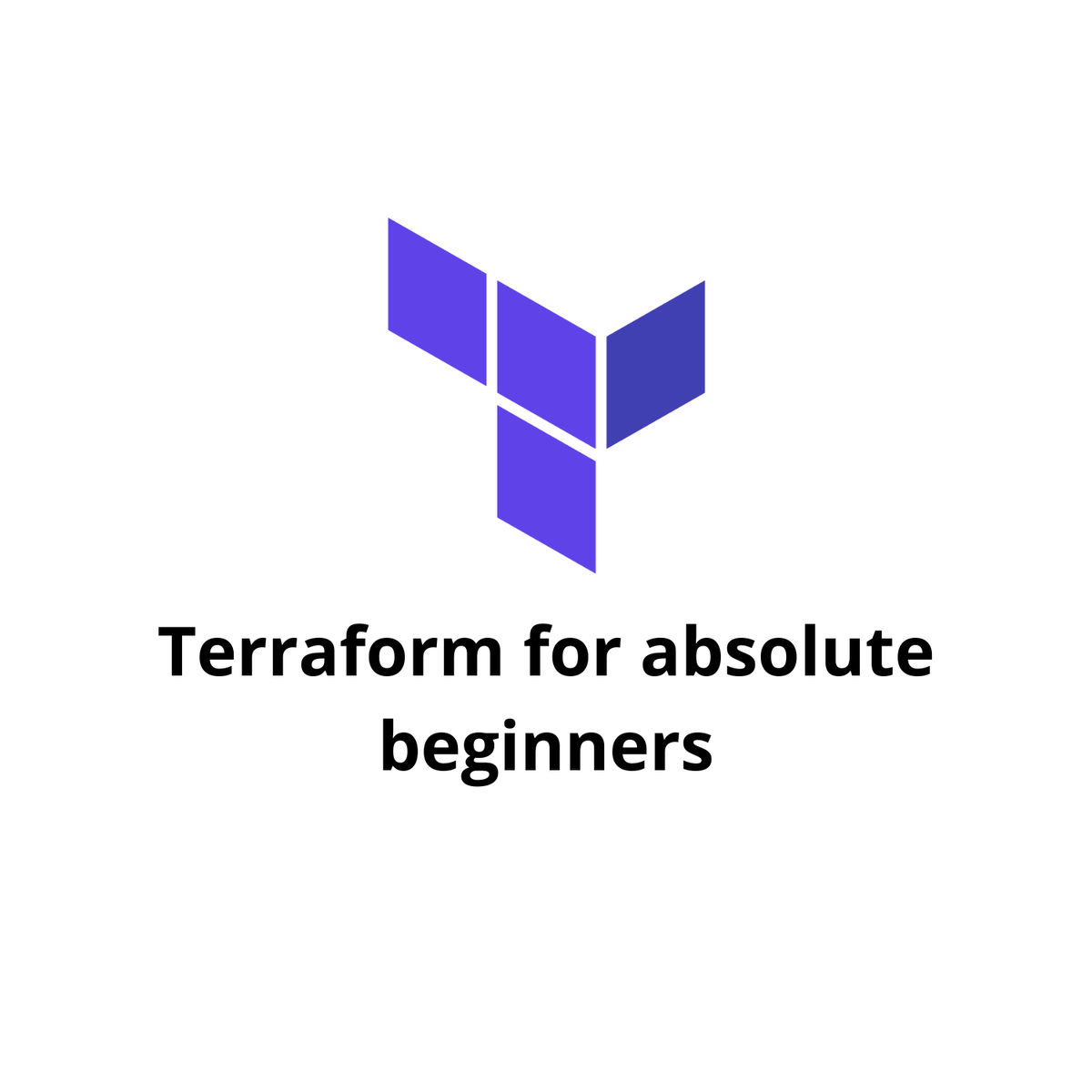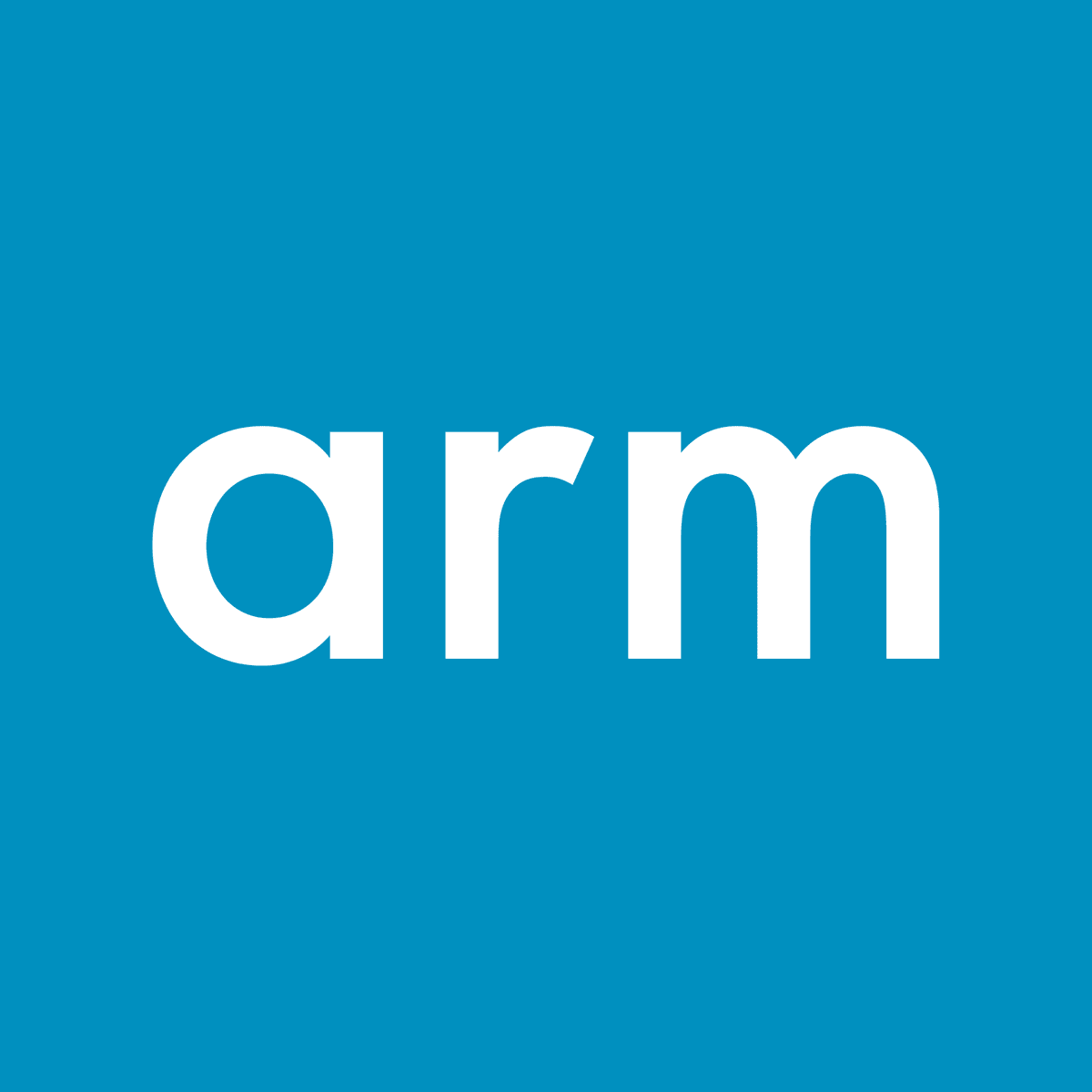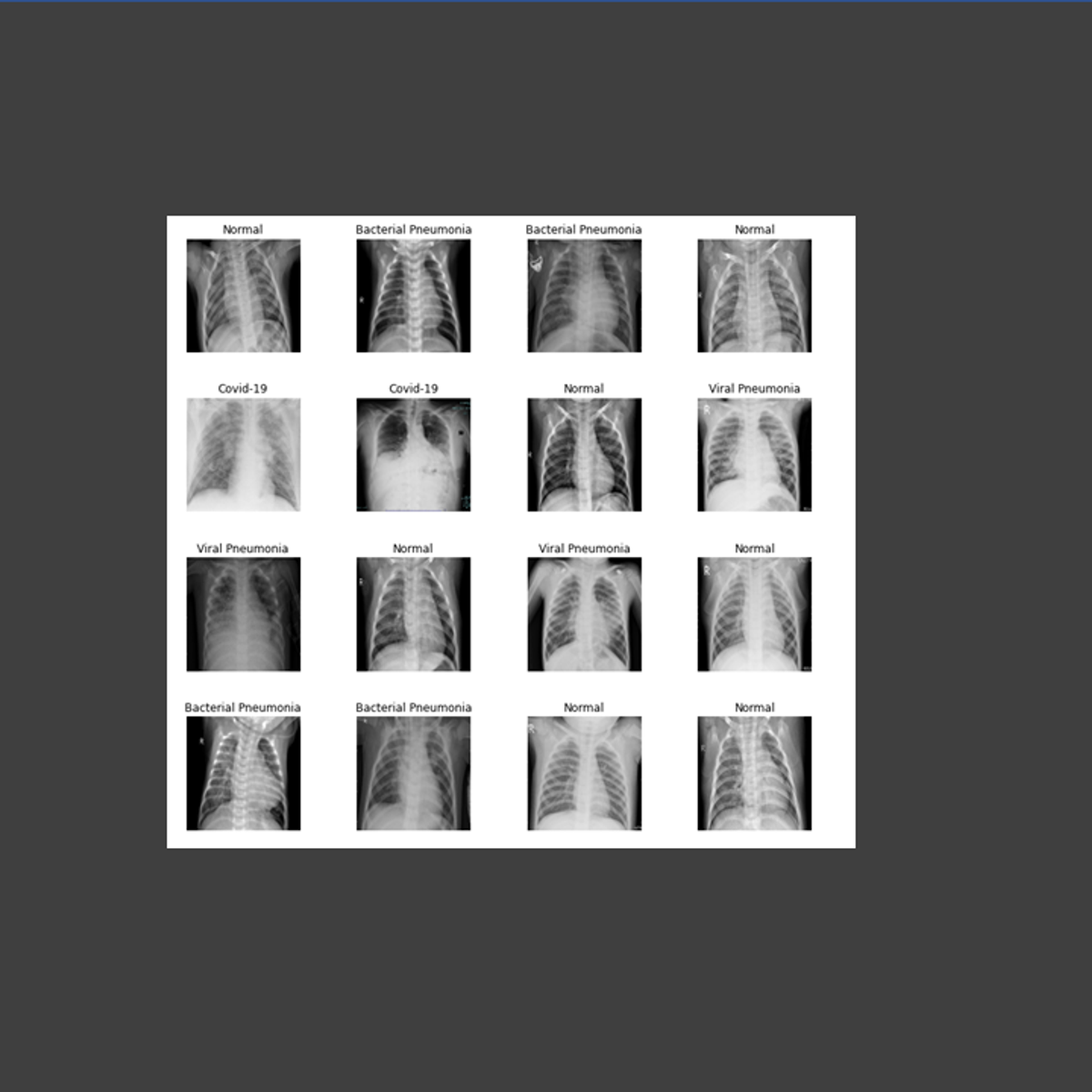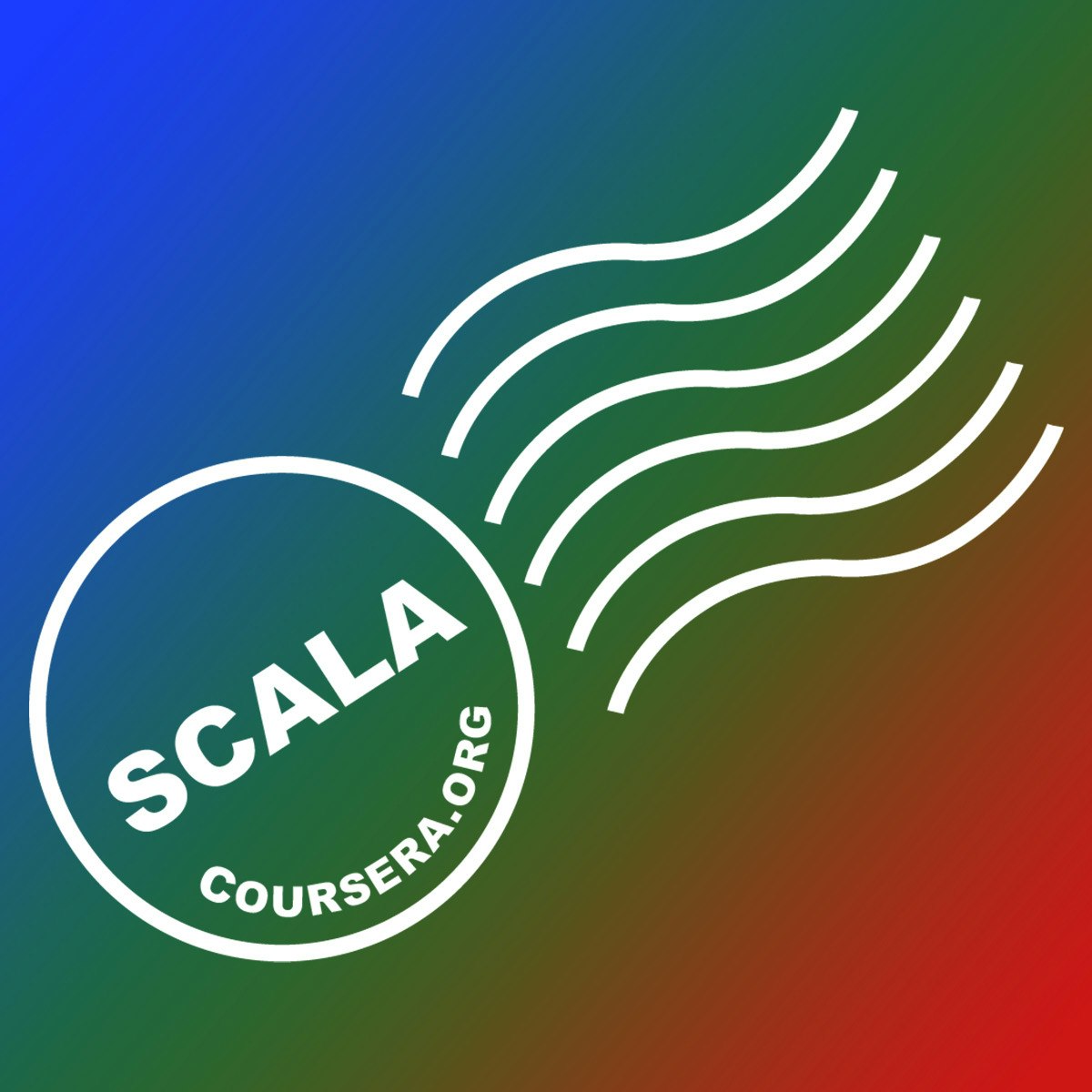Back to Courses









Software Development Courses - Page 98
Showing results 971-980 of 1266

Java Programming: Principles of Software Design
Solve real world problems with Java using multiple classes. Learn how to create programming solutions that scale using Java interfaces. Recognize that software engineering is more than writing code - it also involves logical thinking and design. By the end of this course you will have written a program that analyzes and sorts earthquake data, and developed a predictive text generator.
After completing this course, you will be able to:
1. Use sorting appropriately in solving problems;
2. Develop classes that implement the Comparable interface;
3. Use timing data to analyze empirical performance;
4. Break problems into multiple classes, each with their own methods;
5. Determine if a class from the Java API can be used in solving a particular problem;
6. Implement programming solutions using multiple approaches and recognize tradeoffs;
7. Use object-oriented concepts including interfaces and abstract classes when developing programs;
8. Appropriately hide implementation decisions so they are not visible in public methods; and
9. Recognize the limitations of algorithms and Java programs in solving problems.
10. Recognize standard Java classes and idioms including exception-handling, static methods, java.net, and java.io packages.

Using Efficient Sorting Algorithms in Java to Arrange Tax Data
By the end of this project, you will learn how to create an application that sorts Missouri Tax Data into ascending order using a variety of critical sorting algorithms. We will learn how to process a real life data set, and see the difference between various sorting algorithms in memory and time usage. In addition, we will learn how to analyze a sorting algorithm and how to design a readable implementation. Finally, we will cover what circumstance are ideal for each type of sorting algorithm. After completing this project, students will be able to move to more advanced algorithms and data structures.
Sorting algorithms are essential to the creation of powerful and efficient programs, for almost any circumstance when we need to arrange the data for our user in a certain order. Doing this can make it significantly faster for a human, or even computer, to parse and understand this data to make business decisions. We will explore how each of these sorting methods are different and how to implement them. We will also briefly cover how to access these methods using built-in Java functions. In this course we will cover bubble sort, insertion sort, merge sort, selection sort, and quicksort. These five sorting techniques span a variety of efficiencies and use cases in real life. They also all are easy to implement with knowledge of arrays, recursion, and loops in Java.

Terraform for absolute beginners
Terraform allows infrastructure to be expressed as code. The desired state is expressed in a simple human-readable language. Terraform uses this language to provide an execution plan of changes, which can be reviewed for safety and then applied to make changes. Extensible providers allow Terraform to manage a broad range of resources, including hardware, IaaS, PaaS, and SaaS services.
In this 1-hour long project-based course, you will get
Understanding of Infrastructure as code
Understanding of Terraform basics and its execution flow
Understanding HCL language (Harshicorp Language System) syntax
Creating infrastructure using Terraform
Defining variables in Terraform

Using Git for Distributed Development
Course 4 focuses on using git for open source software distributed development. Git is a revision control system which arose out of the Linux kernel development community. Git was designed to help developers spread across the globe working on complicated projects coordinate their work in a rational way and keep track of everything they were doing. Overtime, Git has grown to be used by millions of projects today. This course gives you the opportunity to learn how to use git efficiently and make contributions in a relatively short amount of time. It will cover:
How to install git
How to initialize a repository
How to make changes in a repository
How to make changes in repositories available to others
How to acquire changes made by other individuals
How to find errors in your work and go back to earlier states of yoru projects
How to make commits, diffs, merges, rebases.
The course will help you get the skills to have a good understanding on how to use git. You will have a good knowledge about git workflows, identifying problems in your workflows, and finding solutions to solve these problems.

Armv8-M Architecture Fundamentals
The course includes fundamental architecture topics that are key to understanding how any Cortex-M processor functions internally. The course focuses specifically on the Armv8-M version of the Arm Architecture, which processors like the Cortex-M33 and Cortex-M55 are based on. However, even if you're working with older processors based on earlier versions of the architecture, like Armv6-M or Armv7-M, a lot of the information is mostly still very relevant and useful.

ETL Processing on Google Cloud Using Dataflow and BigQuery
This is a self-paced lab that takes place in the Google Cloud console.
In this lab you will build several Data Pipelines that will ingest data from a publicly available dataset into BigQuery.

AI-Powered Chest Disease Detection and Classification
Hello everyone and welcome to this hands-on guided project on Artificial intelligence (AI)-powered chest disease detection and classification. AI has been revolutionizing healthcare and medicine in many areas such as: (1) Medical imagery, (2) Drug research, and (3) Genome development. Deep learning has been proven to be superior in detecting and classifying disease using imagery data.
In this case study, we will automate the process of detecting and classifying chest disease from X-Ray images to reduce the cost and time of detection. This guided project is practical and directly applicable to the healthcare industry. You can add this project to your portfolio of projects which is essential for your next job interview.

Make a Postage Calculator with Scala
In this course, you will complete a postage estimator application and learn these intermediate level Scala topics: abstract classes and traits, enumeration, singleton object, companion object and factory methods, case object. At the end of this class, you will have gained a deeper understanding of Scala and apply it to application development.
Prerequisite: Basic level knowledge of Scala, such as basic object-oriented programming
Helpful but not required: Experience with any modern programming languages such as Java, JavaScript, C++, Swift or Kotlin.

Create a JavaFX movie rater GUI with combo box and a slider
In this project, you will create a simple GUI movie rater in jGrasp using the JavaFX framework. The components of the interface will be arranged in a Grid Pane container. A template program for rating a movie is provided to which you will create and add a combo box with a list of movies, and a slider with ratings from 0 to 5. When you click on a button the program will display the selected movie, and selected rating.
Software Product Management Capstone
In this six-week capstone course, you will gain practical management experience in a safe, simulated software production setting. You will apply Agile practices and techniques to conquer industry-inspired challenges. Interacting with a realistic client, you will discern what they want and express what they truly need in software requirements to drive software production. Upon completing the capstone, you will be prepared to advance your career as a confident software product management professional.
Popular Internships and Jobs by Categories
Browse
© 2024 BoostGrad | All rights reserved


